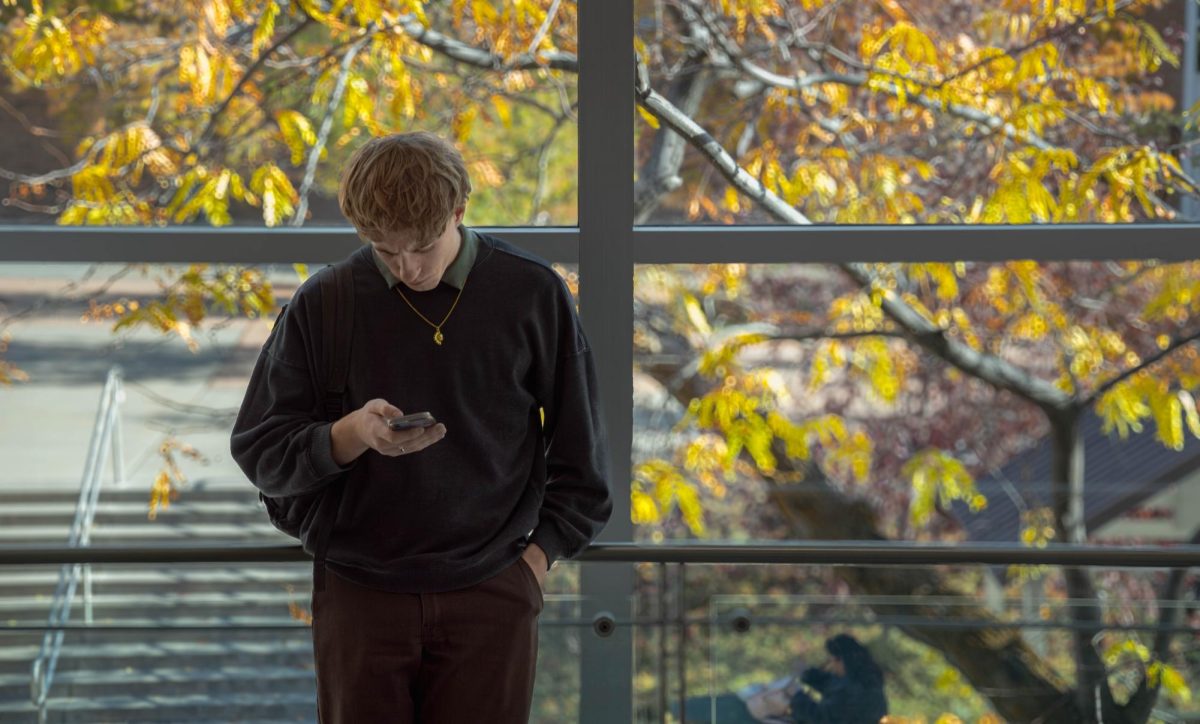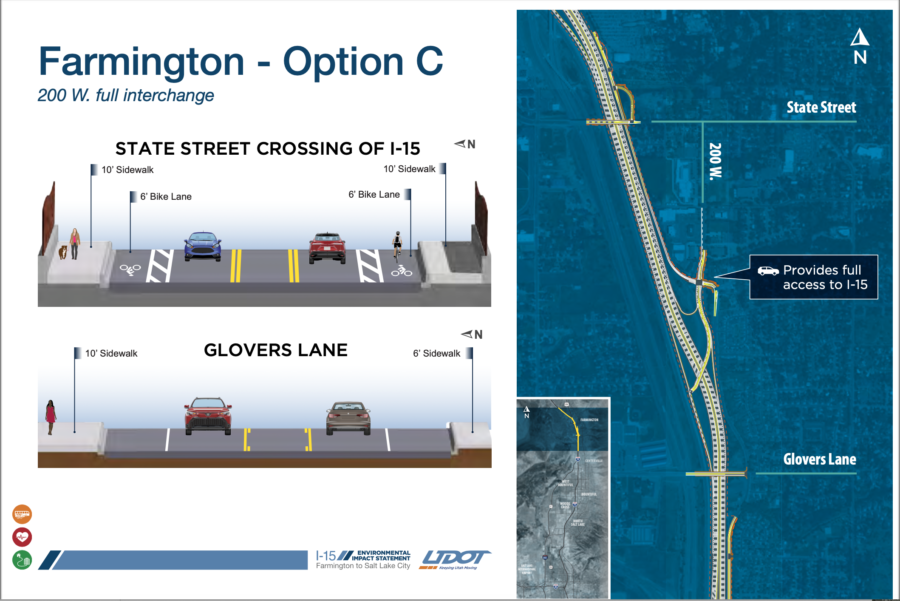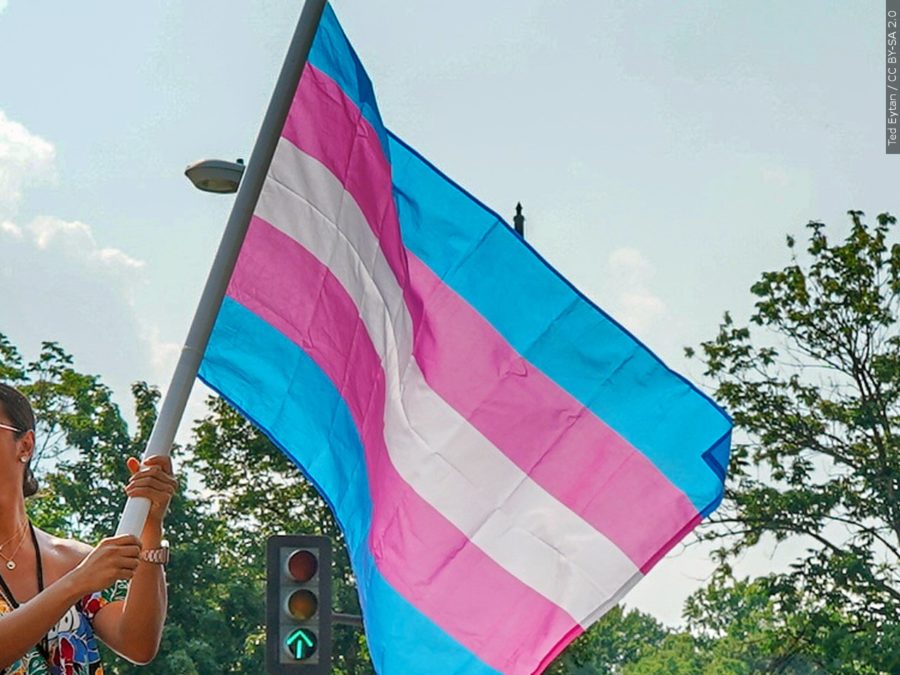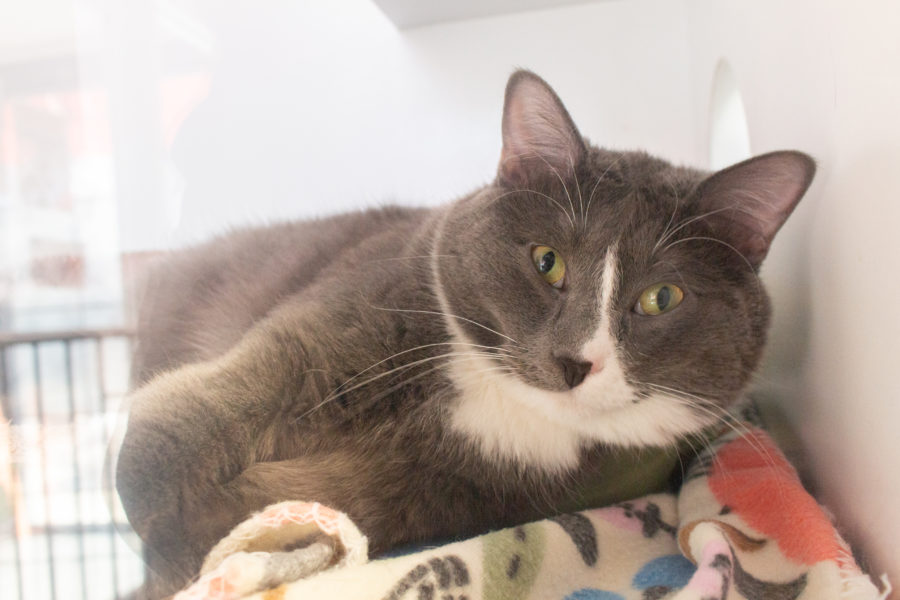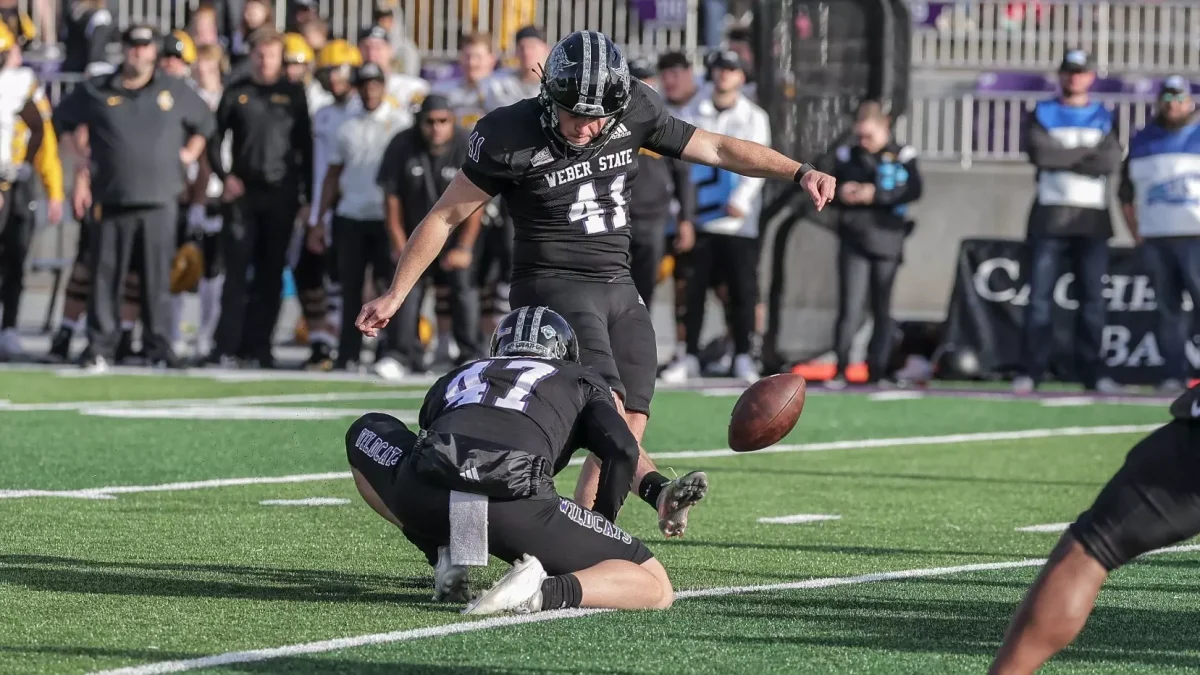
“Have sharp finger nails? You can make them extra smooth thanks to Tracy Hall. Have a cavity? The dentist has the right tools for that, thanks to Hall” said Greg Woodfield, this year’s student body president, during the opening ceremony on August 24 for the Tracy Hall Science Center.
The center was named after H.Tracy Hall, who after receiving his associate’s degree from Weber College, obtained a Ph.D. in chemistry from the University of Utah and later created the process of producing synthetic diamonds using carbon compressed by powerful hydraulic presses.
The Tracy and Hall families donated the largest amount of money in his name. “What a great legacy he left us,” Dean of the College of Science Dave Matty said.
“I see opportunity in Tracy Hall’s legacy in every hallway, every room and every nook and cranny,” Matty said about the new building.
The four-story building cost around $60 million and took five years to plan and build. Additional furnishings and equipment brought the price of the building to about $77 million.

“Surprises in the building include an 8-ton, stainless steel diamond press base in the lobby and patterns in the exterior brickwork that represent different aspects of science,” according to WSU’s website about the building. “For example, the northwest tower has a DNA code that spells words students will decode as homework.”
David Hall, Tracy Hall’s son, chose the diamond press base that stands just behind the front doors as the south entrance’s primary art installation. Hall hopes that students will feel free to climb in and on top of the press base. “Please, students, crawl in and out of that thing and get refined yourself,” Hall said.
But despite the years of preparations and relatively large financial figures that went into constructing the new building, it’s still managing to surprise some faculty and staff who are soon to occupy the space.
“I can say that [the building] is exceeding every single expectation I have had,” said Kristen Rabosky, a new faculty member in the physics department.
Students, faculty and community members were invited into the building following the ribbon cutting to explore the structure.
There were activities where professors of the College of Science were able to teach and show the visitors capabilities of the new labs.
Visitors also had the opportunity to look through all the classrooms on a self-guided tour. Many labs have windows where experiments would be visible to passersby in the future.
“I have, in fact, all summer proceeded to get lost in the building because I’d think I’d be there for two hours, and I’d wind up staying for eight just discovering all the new toys they’ve given me as a researcher,” said Rabosky.








